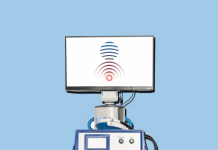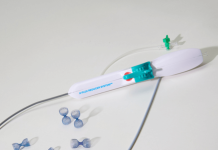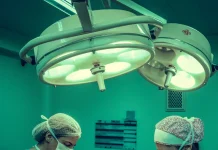A study looking at automated insulin delivery technology from Sequel Med Tech highlighted the ability to address delayed occlusion detection. According to Sequel, an insulin pump’s failure to deliver insulin in the right amount at the right time is a preventable cause of hospitalization. The company says advances in insulin delivery technology so far fail to meaningfully address this issue.
Related: Stimvia reports positive results from PD treatment trial
The study evaluated key performance metrics of a novel insulin pump — Sequel’s twiist system. twiist, powered by Tidepool, directly measures the volume and flow of insulin delivered with every microdose. It offers the capability and flexibility to address each patient’s individual dosing needs. The FDA cleared twiist in March.
Sequel’s pump prevents “silent insulin non-delivery” caused by blockage, delivery of air and site leakage. It features an acoustic sensor that measures the volume of insulin delivered with each pulse in real-time.
The study compared twiist to three U.S. commercial insulin pumps. According to the abstract, it found that twiist outperformed commercial pumps on long-term basal flow rate error. It producted occlusion detection between five and 30 times faster, depending on the basal rate. The pump also resulted in significantly lower (two to five times) pressures at time of occlusion.
With air included in the drug reservoir, the tested commercial pumps can infuse air without detection. Sequel said its pump prevented air delivery without interruption.
The company concluded: “Bench tests of the ND versus 3 commercially available pumps showed improved occlusion detection and air management without flow performance tradeoffs. Additionally, the lower delivery pressure measured at time of occlusion suggests a substantially lower potential for site leakage at both basal and bolus rates. These enhancements combine to decrease the likelihood of silent insulin non-delivery.”






